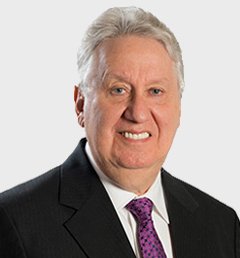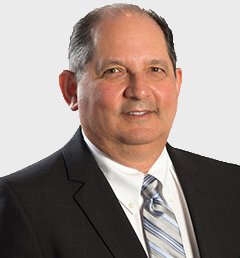This is an issue in both non contentious estates as well as those that involve Estate Litigation, when people who have a financial interest in an estate fight. Many people do not realize that an executor may charge for their work in administrating an estate, especially one in which they are so appointed under a will. The law while imprecise has been debated by the courts for over a hundred years. We begin by looking at The Trustees Act section 61(1), which to paraphrase reads; “An executor is entitled to fair and reasonable payment for the care, pains and trouble and the time spent acting as an executor as maybe allowed by a judge.” While the law is broad and general, in the 1905 case Toronto General Trust Corp v. Central Ontario Railway held that there are five factors that are to be looked at: Yes the law on this subject is at least 119 years old.
(a) The size of the estate
(b) The care and responsibilities arising from the estate
(c) The time occupied in performing the executor’s duties (which is why we advise our clients to keep track of the time they spend as executor)
(d) The skill and ability displayed; and
(e) The success which has been obtained
A more practical method has arisen. These are referred to as tariff guidelines or even rule of thumb guidelines. These were described in the Jeffrey Estate, a 1990 decision of the Surrogate Court. It is worked out at two and a half percent for capital receipts/capital disbursements, revenue receipts/revenue disbursements and a management fee of two-fifths of one percent on the gross value of the estate, each year. This could be simplified into five percent of the value of the estate. The court and Jeffrey said that a judge trying to determine the amount of executor compensation should first test the compensation claims using the rule of thumb and then cross check or confirm the mathematical result against the five factors set out in Toronto General Trust Court. The leading case on all of this is the Laing Estate v. Heinz, a 1998 decision at the Ontario Court of Appeal.
One must remember that executor’s compensation is taxable in the hands of the executor and is to be declared on one’s tax return. One strategy that has not been approved by CRA is for the willmaker to leave a specific bequest as an example $30,000 in lieu of the executor receiving compensation. This may or may not pass the smell test should CRA take a close look, but is commonly used.





















